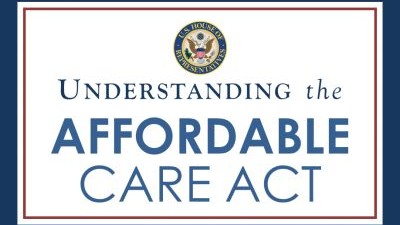
If you read this blog, you know I’ve written about the Unaffordable Care Act on a number of occasions. If you don’t know, you can refresh yourself here, here and here!
The verdict is in: It really is the unaffordable care act
The dominoes have fallen. The Affordable Care Act was designed to bring more uninsured Americans “into the fold” of being insured. Rather than giving consumers more choice and more skin in the game with health savings accounts or affordable high-deductible health plans, the Act really did something that was utterly lacking in inspiration.
The Act simply made more Americans eligible for Medicaid or Medicaid-like insurance. This is joint State-Federal health insurance that the poor typically purchase. Because of their lower socio-economic level, the government pays subsidies to the insurance companies to assist the poor with obtaining this insurance. Obviously that’s the right thing to do. Unfortunately the poor can often be the sickest of patients. Combine this with the fact that we don’t want to deny coverage due to a pre-existing condition (also the right thing to do), this becomes very expensive. And who shoulders that cost? All other Americans that either have employer-based coverage and those paying for individual coverage.
As more Americans shoulder these costs, that translates into higher monthly premiums, higher deductibles and less coverage. In the meantime, the health insurance companies, while losing money on the healthcare exchanges, have record profits on all of their other policies. With these rising costs, there is now more support for a government option. In other words, make Medicare, the insurance for those over 65, available to all Americans.
Why the government option is ultimately a bad idea
A government option for health insurance sounds like a good idea but that will ultimately lead to a single payor insurance system across the US. Why? While competition from the government may bring down premiums by competing with insurance companies, they ultimately can’t compete with the government. The government can run a deficit, for better or worse, whereas an insurance company can not. If insurance companies run a deficit, they’ll be out of business. Once health insurance companies are gone, there will be no opposition to the government option, resulting in a single payor system. Without competition, quality will go down and care will suffer.
So what do we do?
Competition is the right answer. But not competition from a government option. Competition amongst insurance companies across the country, not just state by state, is a first step. Price transparency for consumers who are paying out of pocket for services before their deductible is met, will lead to competition between healthcare providers, labs and diagnostic facilities. In the process, we’ll still take care of the poor and still include everyone despite a pre-existing condition.




